Sintecs x Project MARCH
One of the challenges I faced while being part of Project MARCH, a student team from TU Delft, was PCB designing. My name is Diana Ionică, and I finished the first year of the electrical engineering program, after which I put my studies on hold to join the team as an electrical engineer.
Project MARCH's goal is to improve the quality of life for people with paraplegia, and we choose to do this by building a prototype for exoskeletons. Every year the technology is improved. We try to bring exoskeleton technology closer to innovations in various domains, such as software, electrical, mechanical, control, and many others.
As an electrical engineer, one of the systems of the exoskeleton I chose to improve was the power distribution board (PDB). This is a printed circuit board (PCB) with the purpose to deliver power from the battery or power supply to the exoskeleton in a controlled environment. It must be safe for everyone involved, both the team and the pilot. And we also need to protect the other electronics used for the functioning of the exoskeleton.
We first had a course on PCB designing from one of our partners, Sintecs, during which we learned the basic layout guidelines in PCB design. They taught us about the considerations to take into account and the main rules that should be respected when starting to work on a design. They also showed and explained the PCB manufacturing process. Everything seemed quite easy and simple, how to choose the number of layers, watch out for the sharp edges, check the datasheets of the components, choose the thickness of the trace depending on the current that flows through it, and avoid tombstones. What could go wrong?
After the course, the practical part began. First, I spent some time finding my way around Altium, the PCB design software that we use. I started designing and I was sitting in front of the screen seeing a huge board and the hundreds of small components I had to place on it. It was then that I realized how wrong I was and how long the process was going to be. It felt impossible to choose the location for everything and to make everything fit, and the fact I am a perfectionist did not help. I had previously heard it was similar to making a puzzle, but it was nothing like I had imagined. However, step by step the board started to take shape, and along with it, mistakes were made.
I kept in close contact with Sintecs, and I had the chance to have everything checked by their team, whether it was a matter of layout, design, or design for manufacturing (DFM). And since I am an international student, it was extremely helpful that they could offer guidance in English. Thanks to their help I and the other electrical and embedded engineers in the team had the chance to learn how to design a board from experts, with useful feedback, one-to-one discussions about the design, and a lot of encouragement and support. Because of all these factors, and the fact that I knew I could count on someone to point out my mistakes and teach me, I became passionate about PCB designing. Soon my workdays became longer, my work was more efficient, and I started understanding the process better, being able to recognize and pinpoint my own design mistakes. I would have never imagined I would get this far. I started not knowing the difference between a layer and a power or signal plane, and now the exoskeleton we built is successfully powered by the board I designed.
However, as there is always room for improvement, I am currently working on a better version of the PDB. During the testing process, I noticed some mistakes I had made when designing the electrical connections between some components. But I am still passionate about designing and I certainly still have a lot to learn, and I am excited to face the next challenges!
~ Diana Ionică | Electrical Engineer

